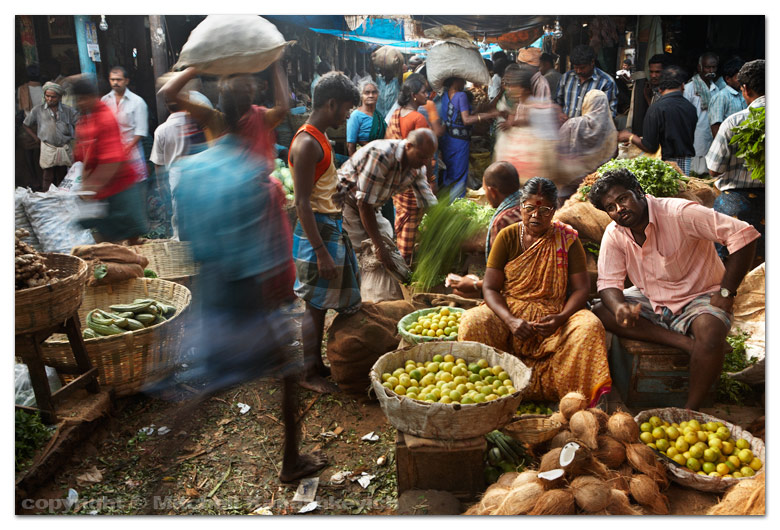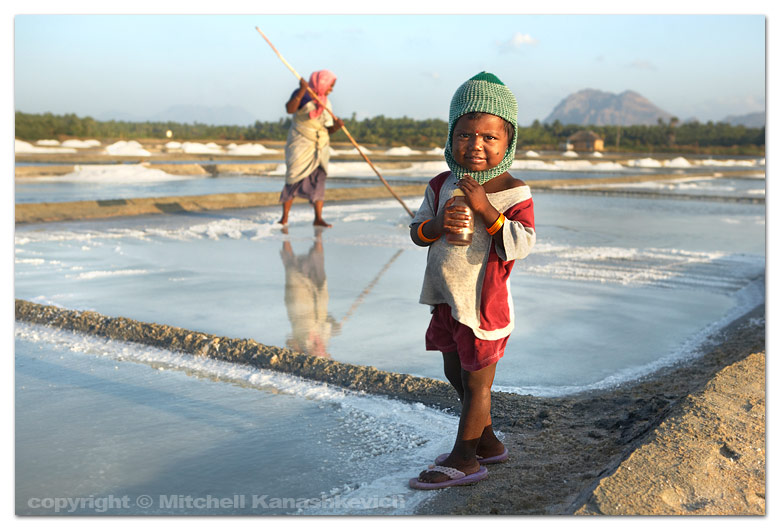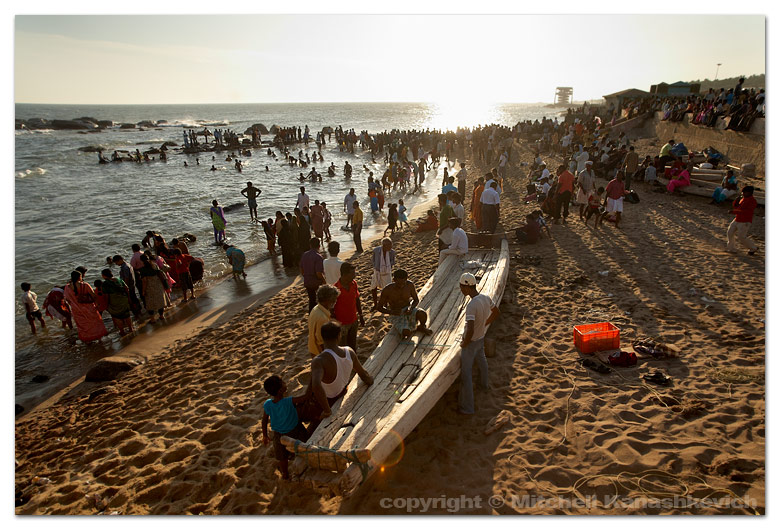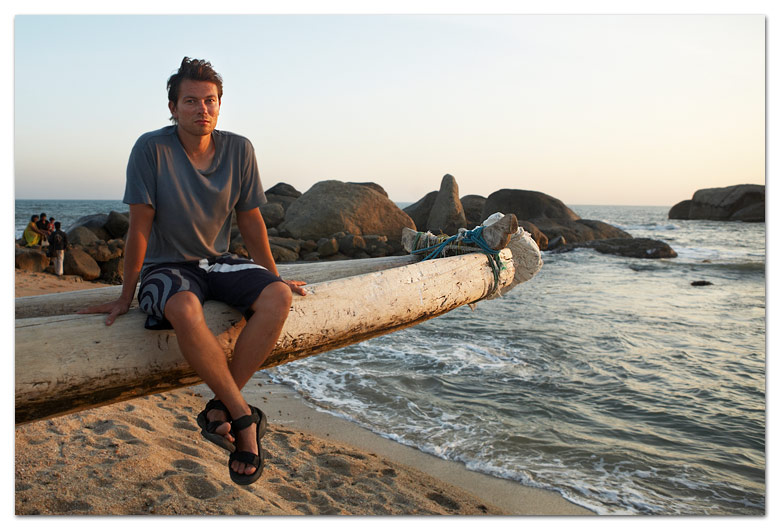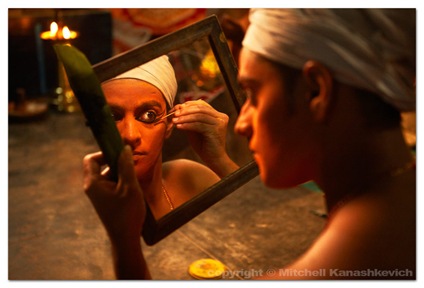 As I sit and type this blog entry in the lounge room of my wife’s parents’ apartment and wait for the “higher powers” (not supernatural ones, just ones with connections) to tell me when I can go out and photograph what I want, I realize – I haven’t shot anything meaningful since I left India. That was in March!
As I sit and type this blog entry in the lounge room of my wife’s parents’ apartment and wait for the “higher powers” (not supernatural ones, just ones with connections) to tell me when I can go out and photograph what I want, I realize – I haven’t shot anything meaningful since I left India. That was in March!
I’ve had an unusually long break. When I travel, which is most of the year – it’s intense photography virtually every day, but for the past six months I’ve barely lifted my camera. While I’d like to photograph non-stop, all year-round, I have come to appreciate my time away from shooting. I try to utilize this time in the best way possible. For me that means marketing my work, sorting through thousands of photos to find ones which I will submit to contests, magazines and to Getty Images. This is also the time to learn more about photography, to read blogs and to look at other people’s work.
By doing things photography related, without actually shooting I’m able to distance myself from my own work a little, and by looking at all the other photography out there, I’m able to see where my images fit in the larger scheme of things, to see what role if any my photos play in the world so saturated with imagery. The time away from shooting allows me develop a self-awareness that helps one grow and evolve as a photographer or artist.
I really like what Alexei Brotdotovich, one of the first photography theorists said in regards to evolving as a photographer. I don’t remember the quote exactly, but it was something along these lines:
“Once you develop a style and become known for a particular kind of work – turn in the other direction, stop being formulaic and re-invent yourself”.
The phrase is very idealistic and conflicts with commercially motivated things like branding and the importance of developing a particular style that sets you apart from others, but there’s wisdom here. Personally, I wouldn’t go so far as to turn in a completely different direction, but I do try to change the way I shoot and the way I approach photography every now and then, sometimes fairly dramatically.
My hope is that people will still find a common thread throughout my work, but I don’t want my photography to be consistently predictable, I don’t want the viewers to be able to pin down my images to some formula. A sort of semi-self-re-invention may even go down well with clients or editors. While they may not be pleased by a a completely off-the-wall new body of work, an element of surprise within limits might be very welcome.
An interesting “re-invention” quote that comes to mind is from one of my favorite filmmakers – Wong Kar Wai, whose visually distinct work has gained him a huge following over the years and started new industry trends. In one interview a couple of years back Wong said – “Too many people are making Wong Kar Wai films these days, I’ve got to make different kinds of films now”.
Here’s a real example of an artist who’s reached a great level of success and fame, but is thinking of changing the formula that has made him what he is. That’s inspirational. In this case the artist is not bound by his work, he is a master and not the slave of his own creations, because he isn’t afraid of creating something new and different. Sure there’s a risk and the possibility of failure, but there’s always the chance that something amazing and genius will evolve from the new approach and to me that is much more exciting than repeating the same known formula time and time again.
Hopefully, in about a week, everything will be sorted out, as far as my plans to go out into the countryside and photograph in villages. In the meantime I might just put my own thoughts into action and shoot some stuff I usually wouldn’t, right here in the city. One thing for sure - all this time off is making my head swell with ideas!
Check this blog tomorrow, if everything goes as planned, the new eBook on light will finally be released.

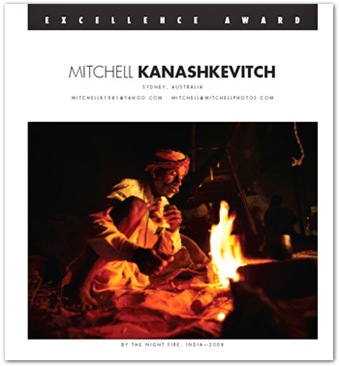
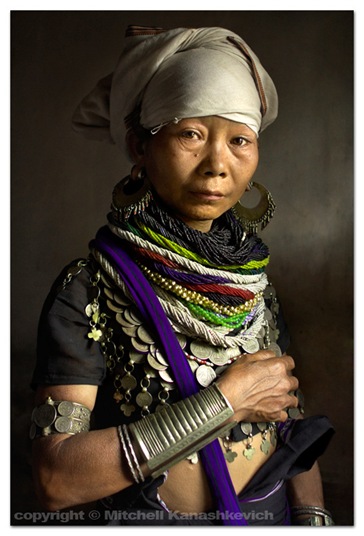 Since I’ve been pretty much consumed by all things light related recently, writing texts for my new e-book, I decided to write a post in the spirit of, you guessed it - light.
When I’m shooting, particularly when shooting portraits I have an obsession with creating a sense of volume and depth, making my photographic subjects appear sculpted, three dimensional. Turns out there has been a word for this “look”, since long before photography. The word is - “chiaroscuro”.
Since I’ve been pretty much consumed by all things light related recently, writing texts for my new e-book, I decided to write a post in the spirit of, you guessed it - light.
When I’m shooting, particularly when shooting portraits I have an obsession with creating a sense of volume and depth, making my photographic subjects appear sculpted, three dimensional. Turns out there has been a word for this “look”, since long before photography. The word is - “chiaroscuro”.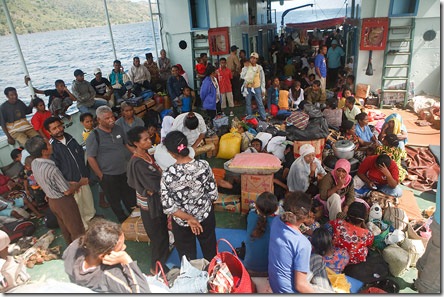
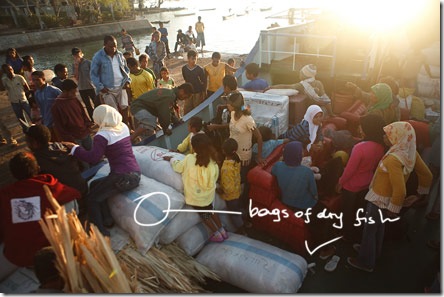
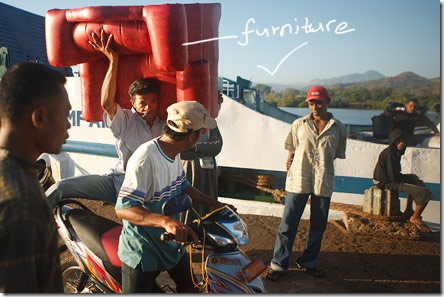
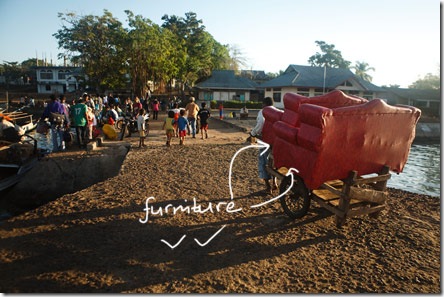
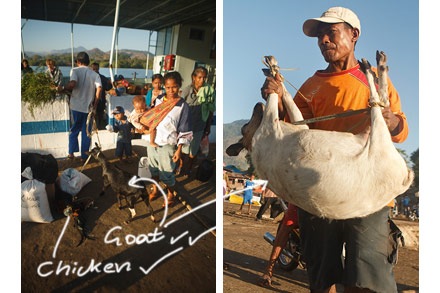
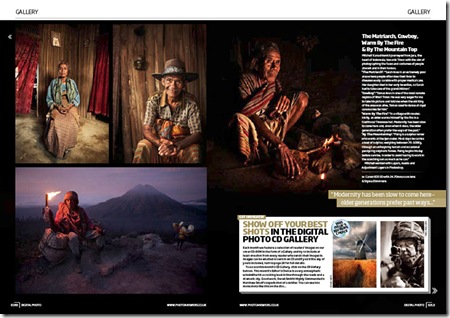
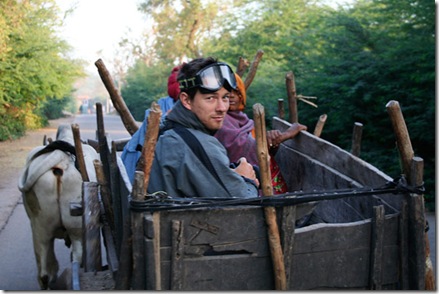
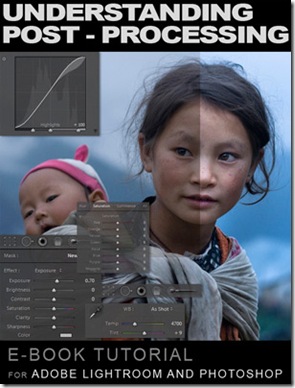










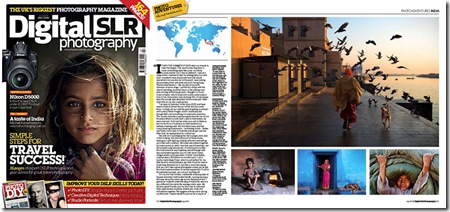

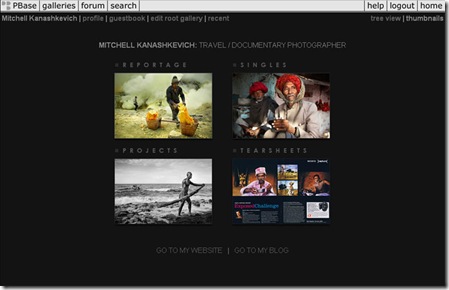
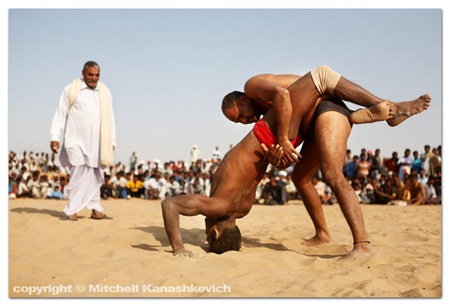
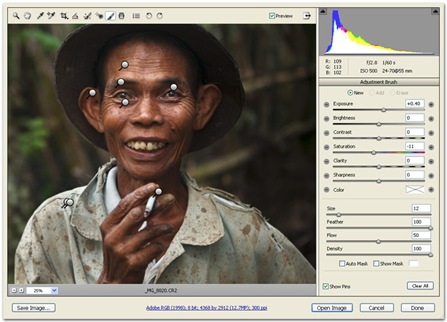
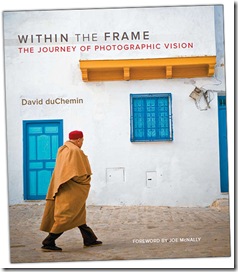
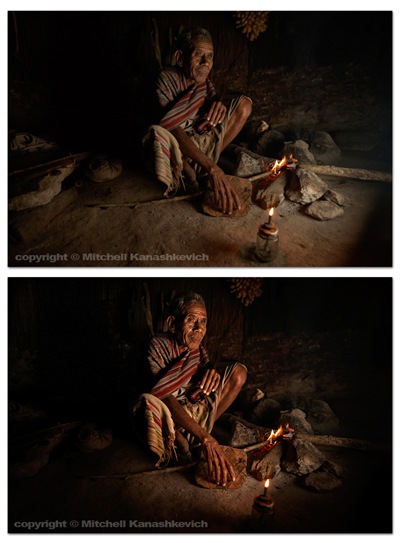
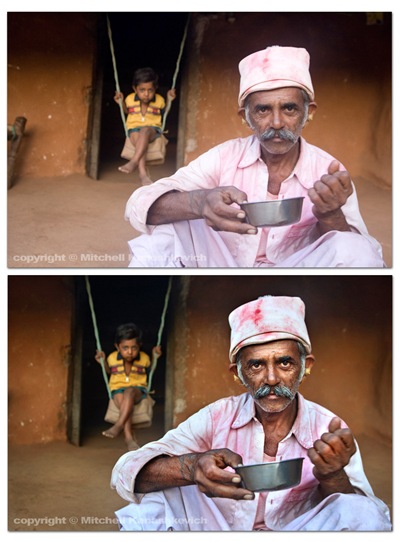
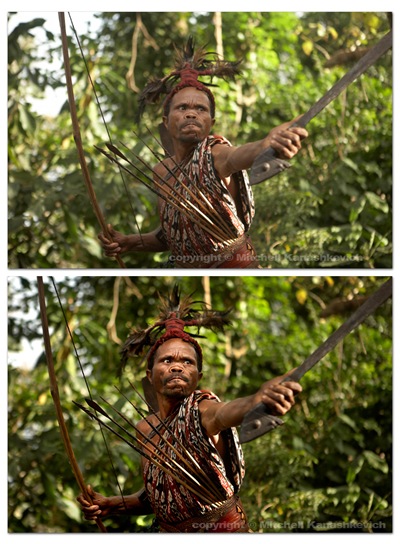
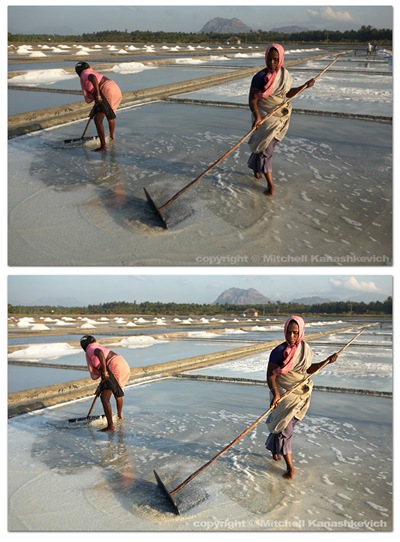
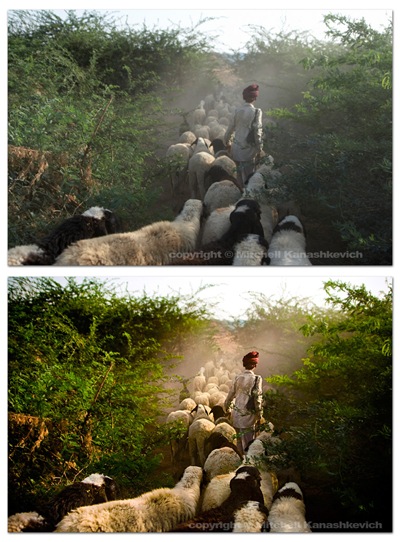
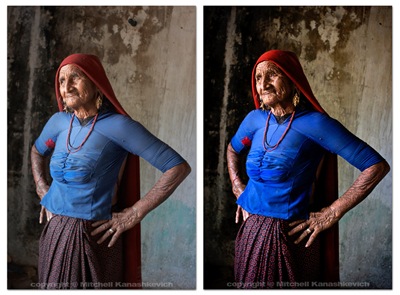
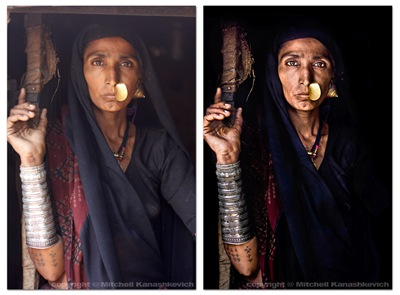
 Ok, so I thought it might be useful to let people know how I go about working on my images after I have captured them with the camera. This is not a tutorial, just some steps that I take, a word on the software that I use and some thoughts behind why I use it.I’ll start with a statement that will likely surprise many photographers; I don’t use Lightroom, at all.
In a perfect world things would be much simpler than they are and I would absolutely love if Lightroom was my answer to everything, but it’s not. “Why?” You ask. I’ll try to make it as short as I can: I really don’t like certain textures that Adobe Camera Raw creates (this is what both Photohshop and Lightroom use to interpret RAW files) and I don’t like how it handles color. The textures often look “too computer generated”, progressions of really dark tones to a really light ones are a little too harsh, too sharp and sometimes pixelated. The colors and the tones often seem to blend with each other and the image takes on a somewhat de-toned, de-saturated look.
I feel that Capture One 4 Pro handles RAW better, it’s not perfect, but for most part I find it superior to anything else. I must note that the aim of this post is not to start a debate on which software is better; I’m simply sharing my thoughts. If you want to see for yourself, download a
Ok, so I thought it might be useful to let people know how I go about working on my images after I have captured them with the camera. This is not a tutorial, just some steps that I take, a word on the software that I use and some thoughts behind why I use it.I’ll start with a statement that will likely surprise many photographers; I don’t use Lightroom, at all.
In a perfect world things would be much simpler than they are and I would absolutely love if Lightroom was my answer to everything, but it’s not. “Why?” You ask. I’ll try to make it as short as I can: I really don’t like certain textures that Adobe Camera Raw creates (this is what both Photohshop and Lightroom use to interpret RAW files) and I don’t like how it handles color. The textures often look “too computer generated”, progressions of really dark tones to a really light ones are a little too harsh, too sharp and sometimes pixelated. The colors and the tones often seem to blend with each other and the image takes on a somewhat de-toned, de-saturated look.
I feel that Capture One 4 Pro handles RAW better, it’s not perfect, but for most part I find it superior to anything else. I must note that the aim of this post is not to start a debate on which software is better; I’m simply sharing my thoughts. If you want to see for yourself, download a 





